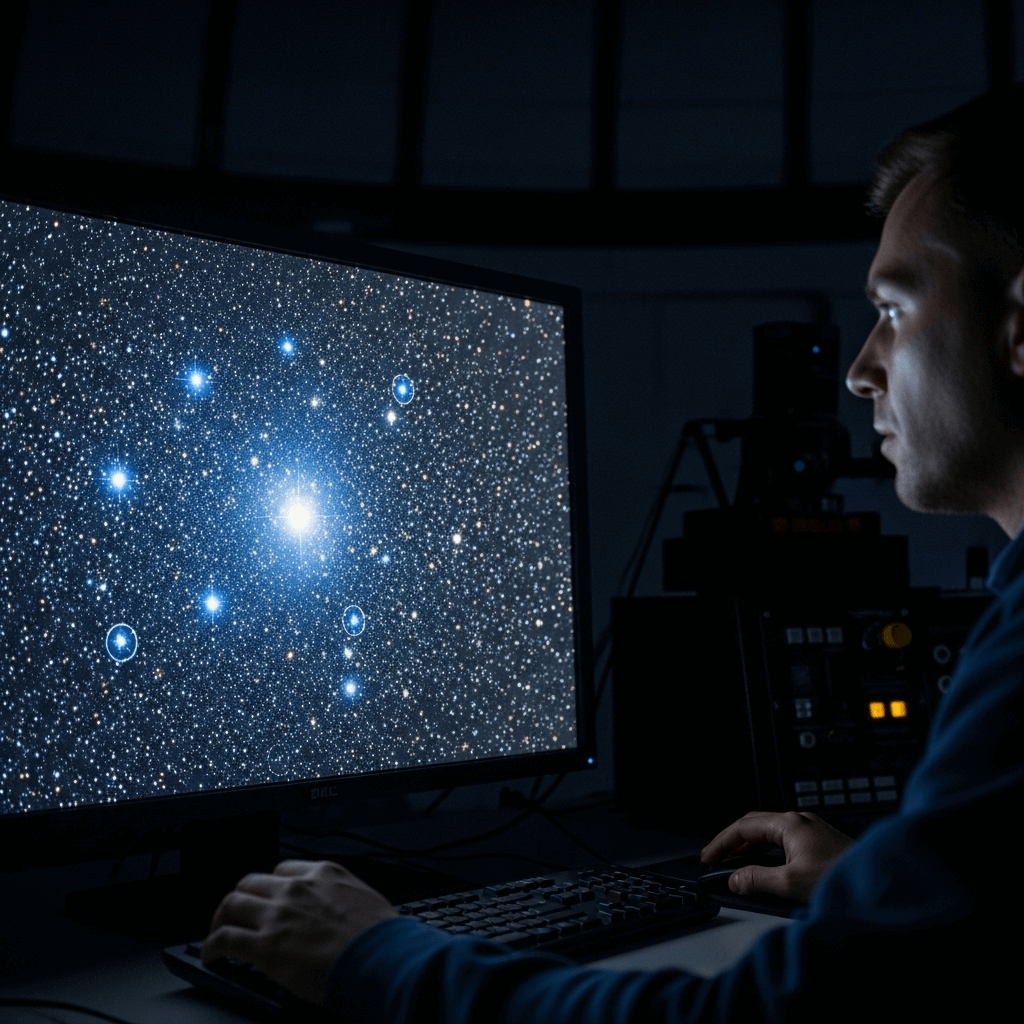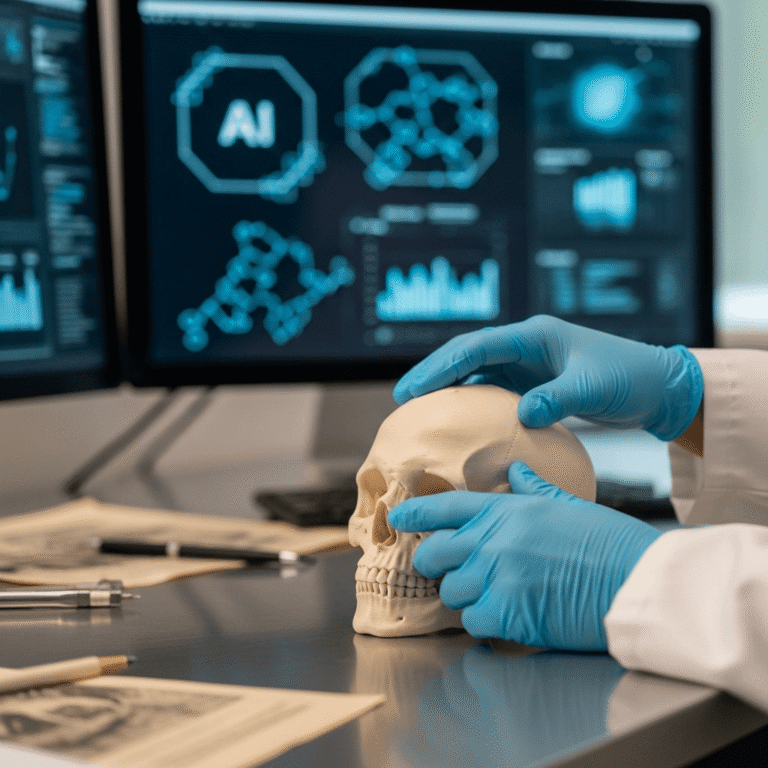AI Revolutionizes Supernova Detection in Cosmic Data
The universe constantly offers spectacular events, none more powerful than a supernova. Yet, finding these rare stellar explosions within the vast flood of cosmic data presents a huge challenge for astronomers. Thankfully, a pioneering AI tool for supernovae is now revolutionizing this demanding task, enabling scientists to quickly identify these vital celestial phenomena and unlock deeper understanding of our cosmos.
The Cosmic Haystack: Why Supernovae Remain Elusive
Modern astronomy faces an unprecedented challenge: data overload. Powerful telescopes, such as the Vera C. Rubin Observatory and others, scan the night sky continuously, collecting petabytes of data every single night. Consequently, astronomers must sort through an overwhelming amount of information. This vast dataset isn’t just clean images of distant galaxies; instead, it is a complex tapestry woven with countless celestial objects and transient events. This creates what astronomers often call a “sky full of noise.”
Within this cosmic deluge, scientists are diligently searching for rare, brief events like supernovae – the spectacular final explosions of massive stars or white dwarfs. Historically, astronomers relied on painstaking manual inspection or simpler, less sophisticated algorithms to identify potential supernovae. However, these traditional methods are simply too slow and inefficient for the sheer volume of data we now collect. Consequently, many crucial events might go unnoticed, slipping through the cracks. Missing a supernova means losing invaluable opportunities to study stellar evolution, understand the origins of elements heavier than iron, and refine our cosmological models. Therefore, the need for a faster, more accurate detection method has become paramount in contemporary astronomical research.
AI’s Breakthrough: Precision in Supernova Detection
Fortunately, cutting-edge artificial intelligence, specifically machine learning, offers a transformative solution to this challenge. A revolutionary AI tool for supernovae now empowers astronomers to sift through the cosmic noise with unprecedented speed and accuracy. This sophisticated system utilizes advanced algorithms, which are trained on massive datasets of known supernovae, alongside countless non-supernova events. As a result, the AI learns to recognize the subtle, unique patterns and characteristics that unmistakably signal a supernova.
Here’s how this powerful AI tool makes a difference: First, it autonomously processes incoming telescope data in real-time or near real-time. Next, it meticulously filters out common “noise” – everything from variable stars and asteroids to cosmic rays and instrument artifacts – that can easily mislead human observers or simpler programs. Furthermore, the AI tool actively identifies only the most promising supernova candidates. Consequently, it alerts astronomers to these critical events, often within minutes or hours of detection. This dramatic acceleration in supernova discovery provides an invaluable advantage. Astronomers can then pivot their telescopes to perform rapid follow-up observations, gathering crucial data much earlier in the supernova’s evolution than ever before. Therefore, this proactive approach significantly enhances our ability to understand these powerful cosmic phenomena, ultimately deepening our insights into the universe’s dynamic processes.
Ultimately, the integration of this innovative AI tool helps astronomers find supernovae, transforming a historically laborious process. By adeptly sifting through the “sky full of noise,” machine learning empowers scientists to make faster, more accurate discoveries. Consequently, we can anticipate profound new insights into the universe’s dynamic events, deepening our cosmic knowledge. This marks a pivotal moment in astronomical research, accelerating our quest to understand the cosmos.
For more information, visit: Phys.org







